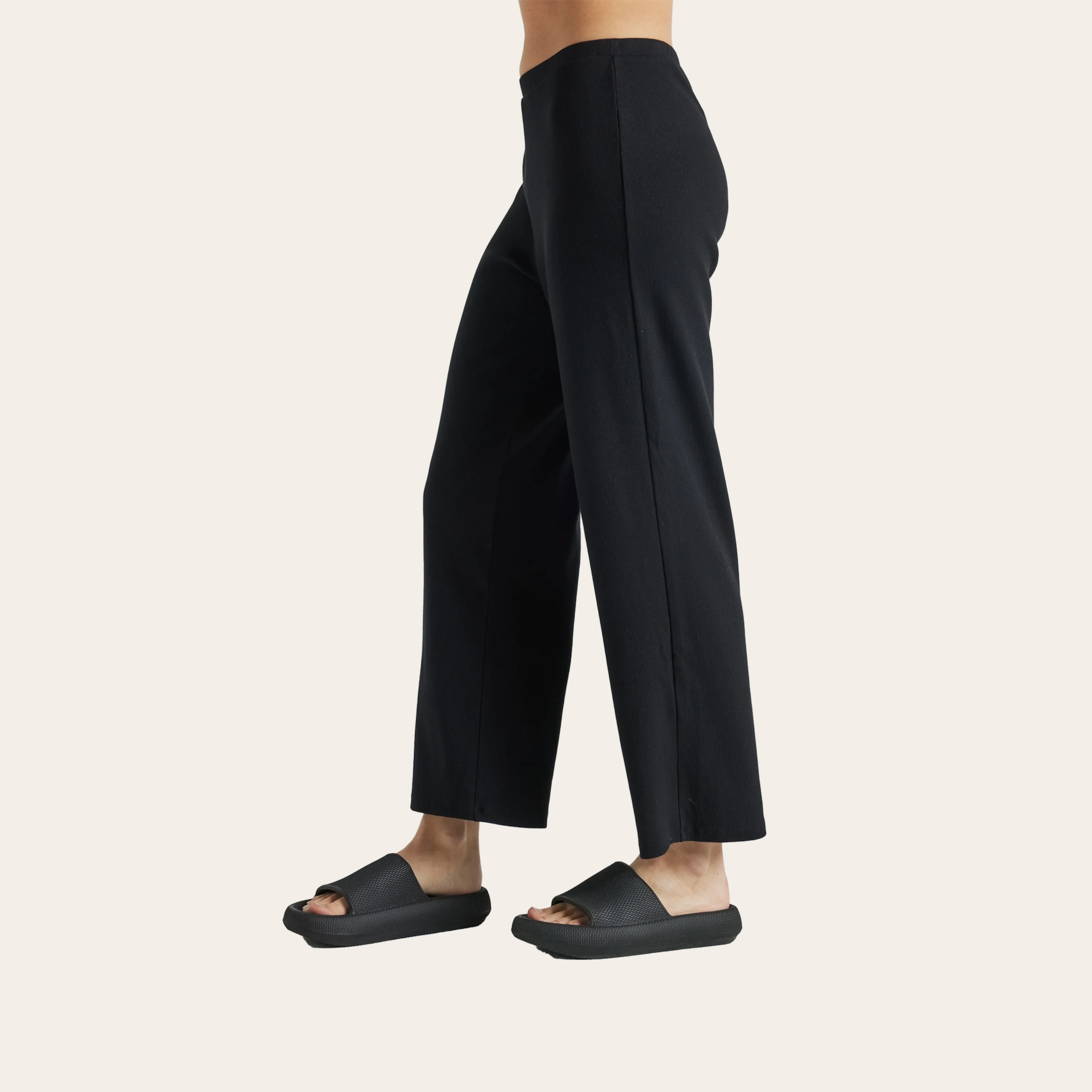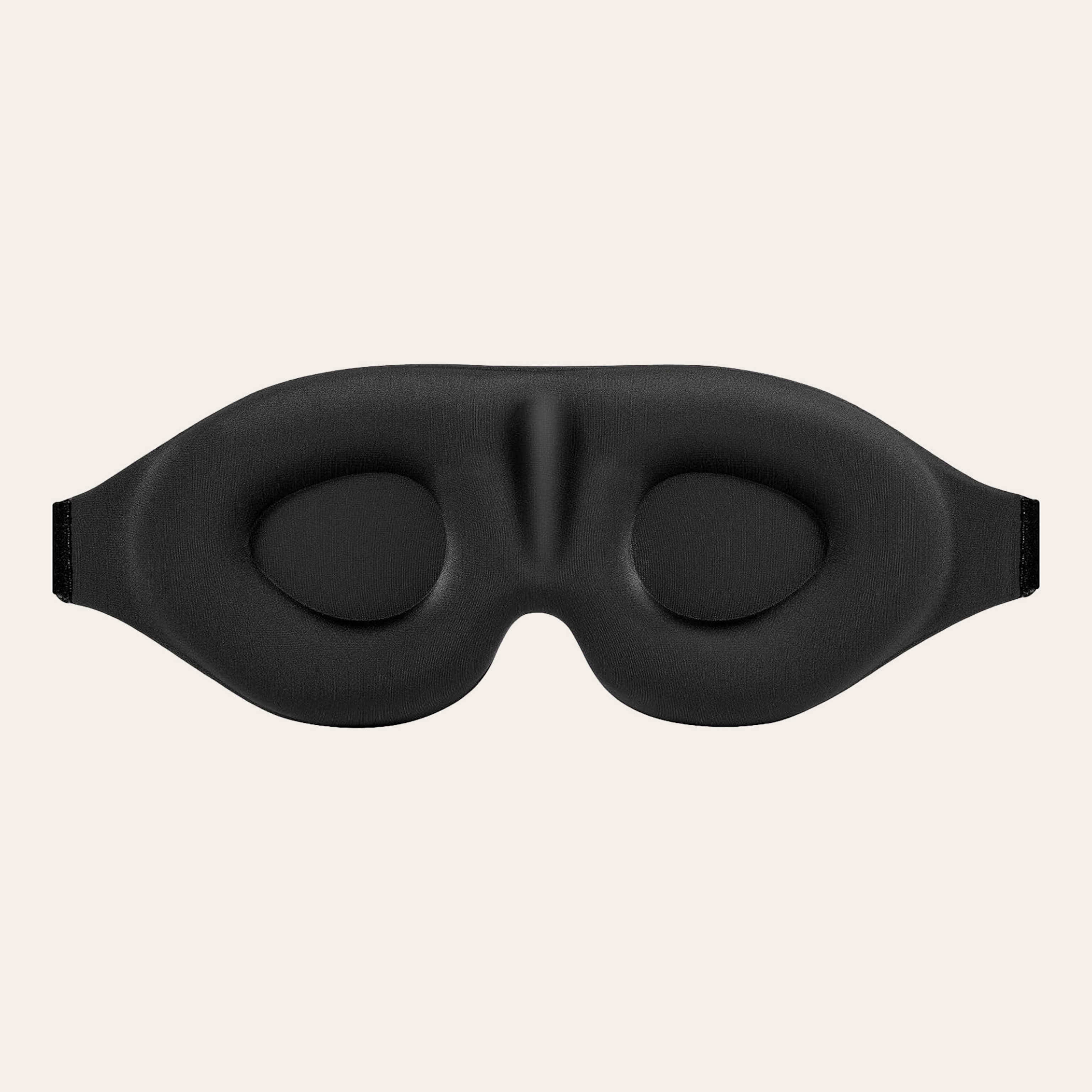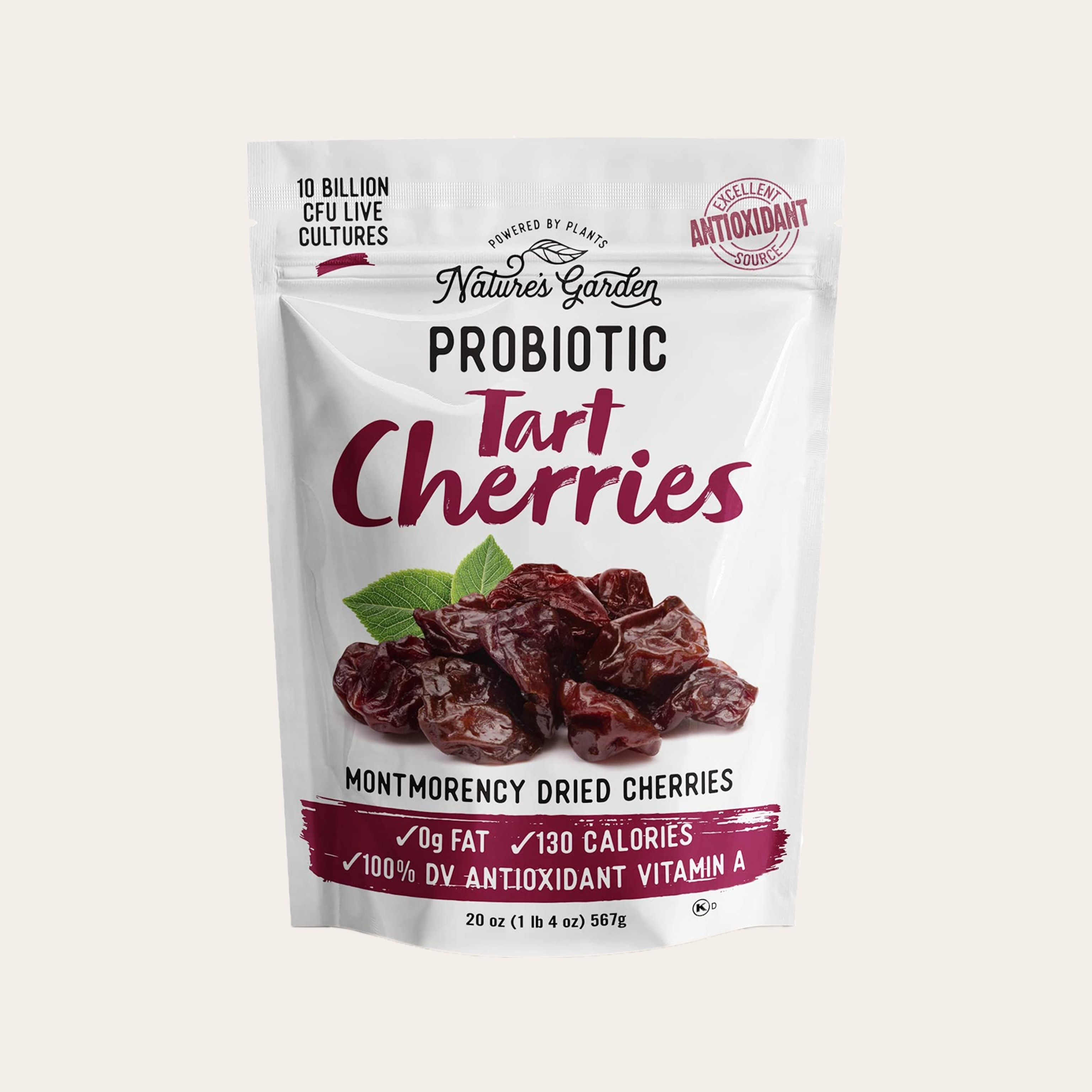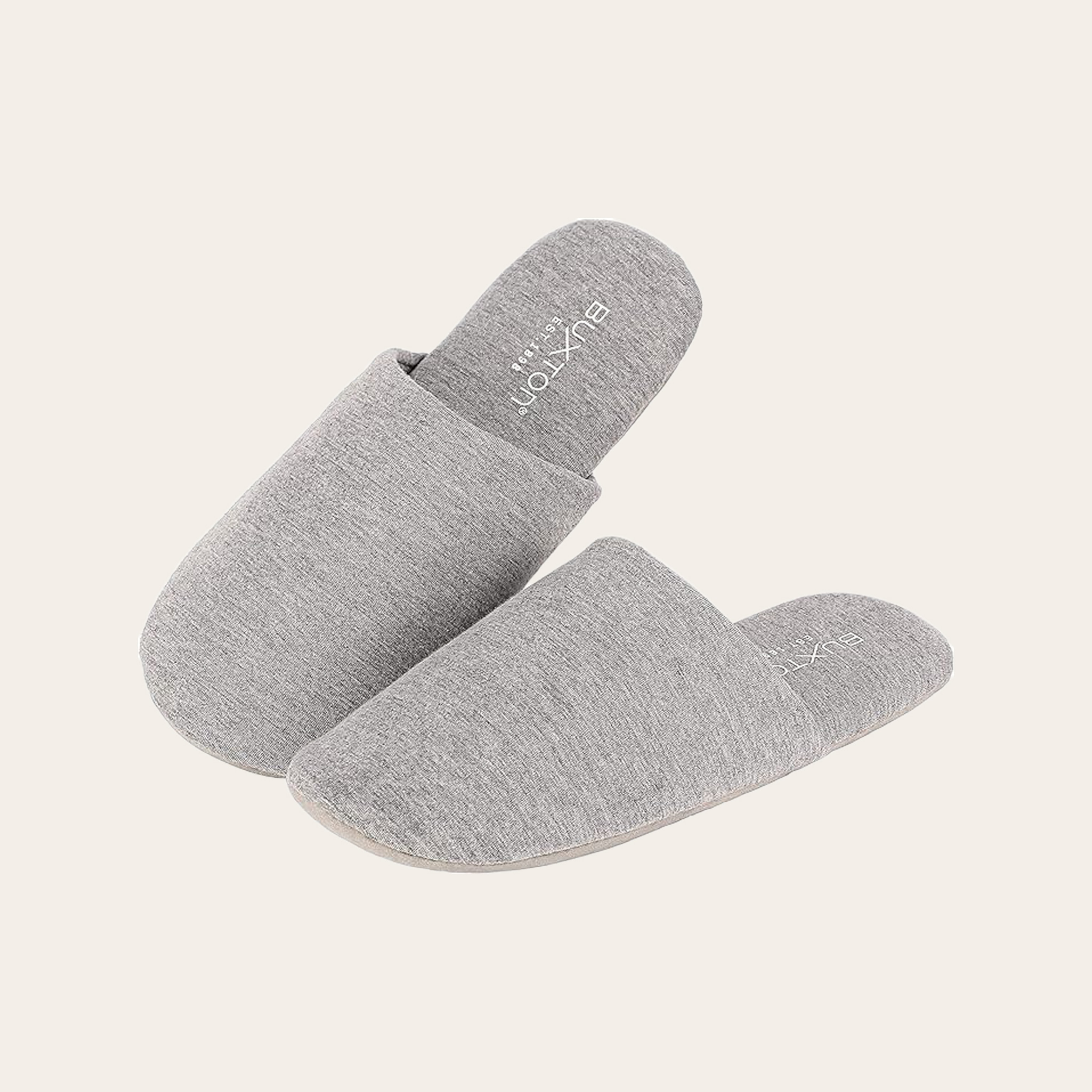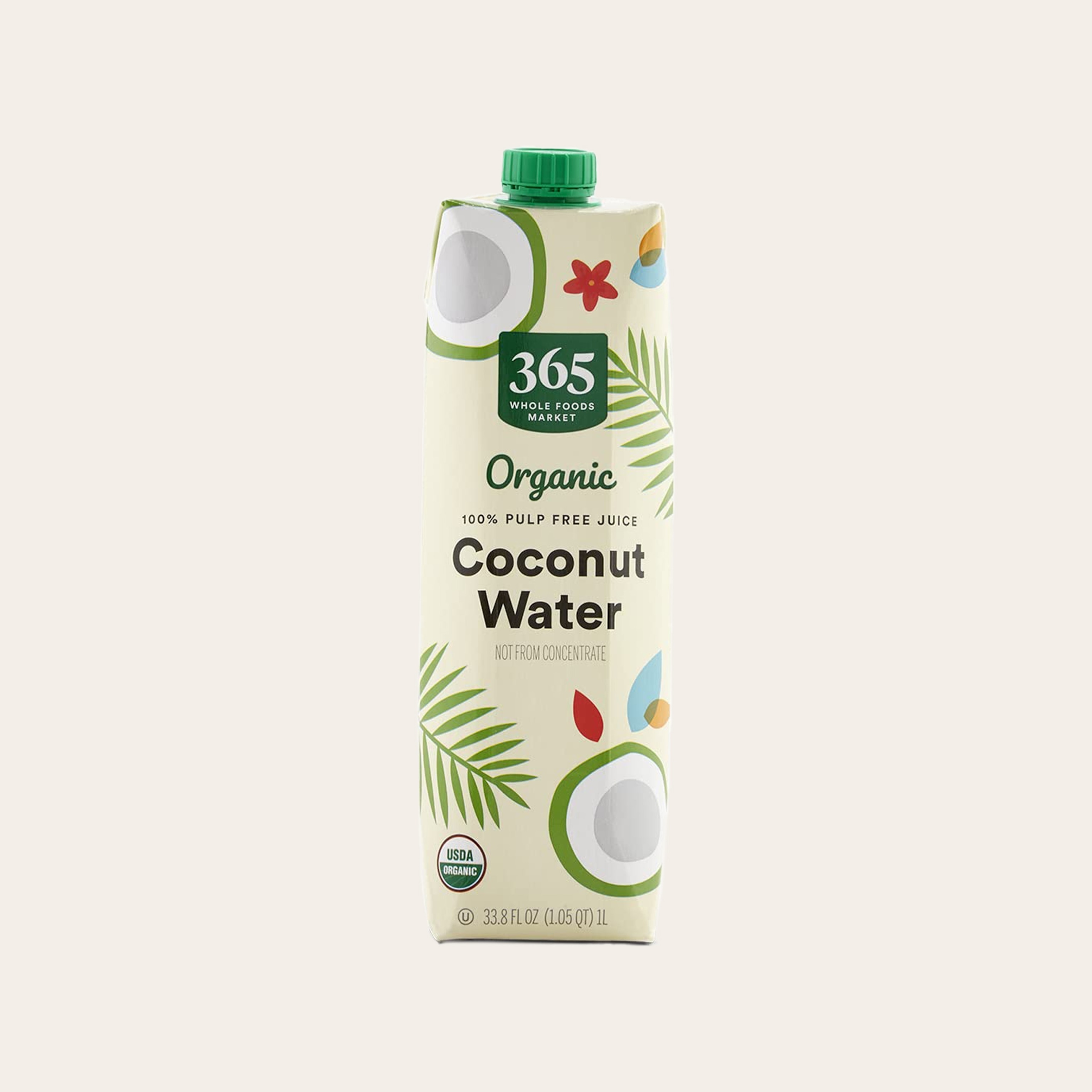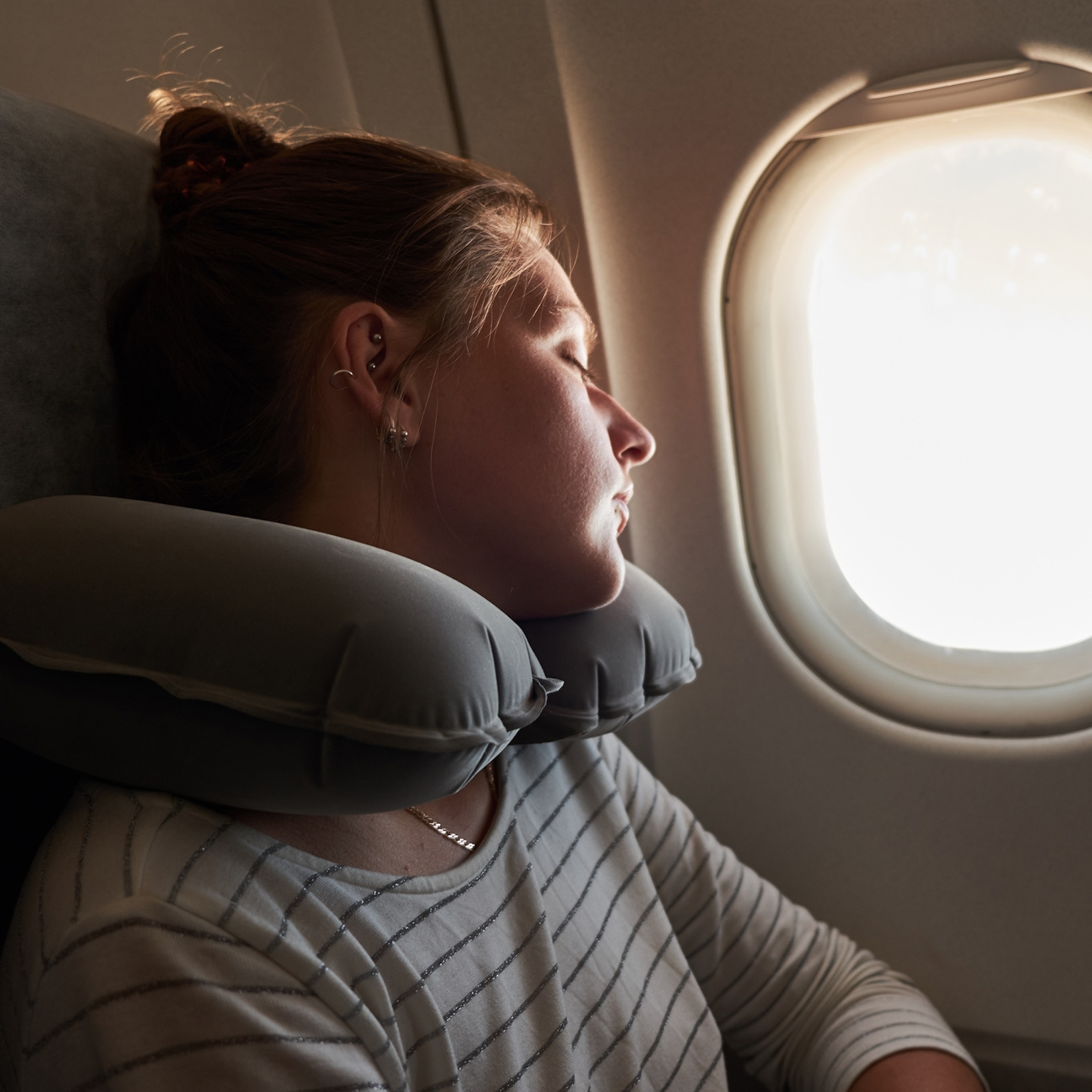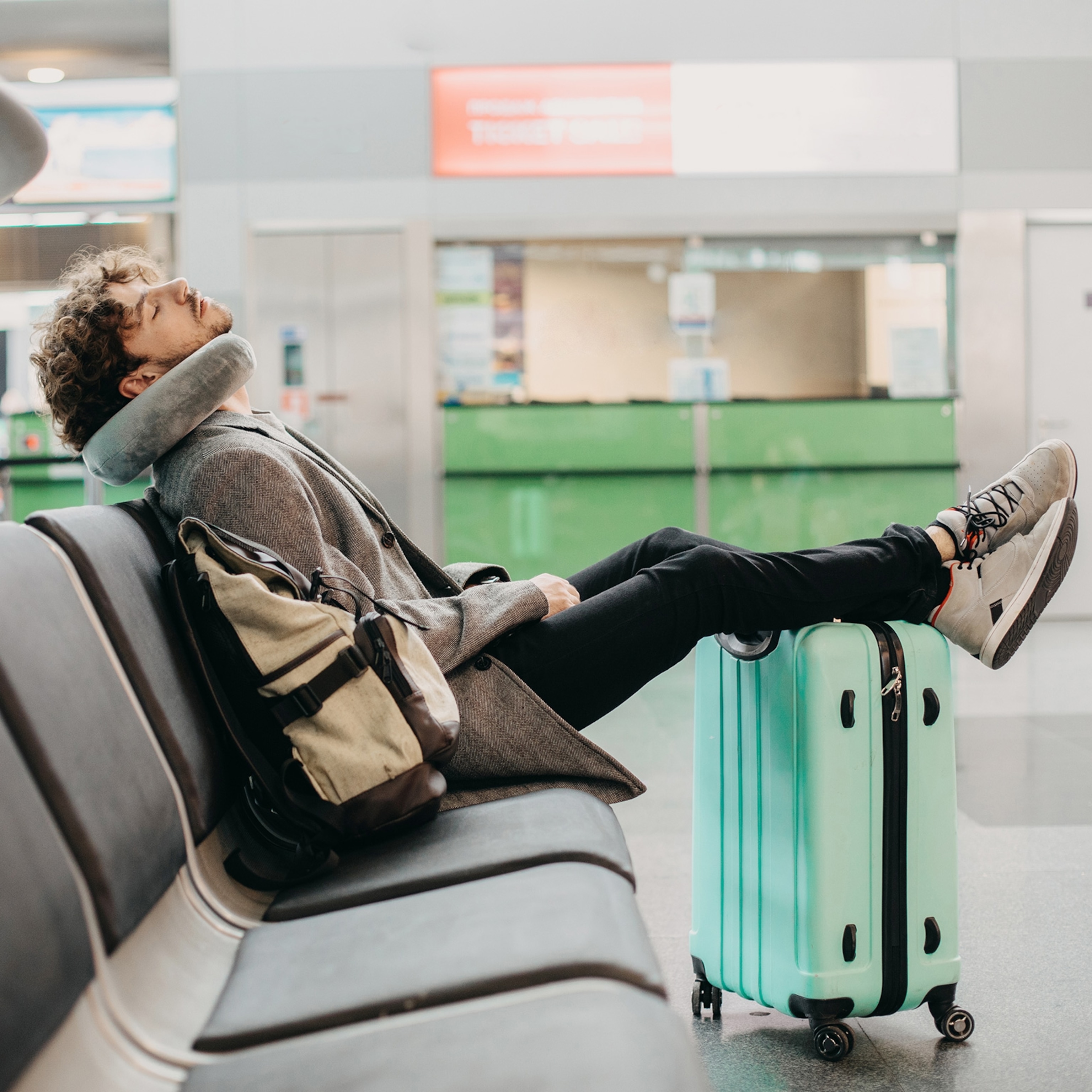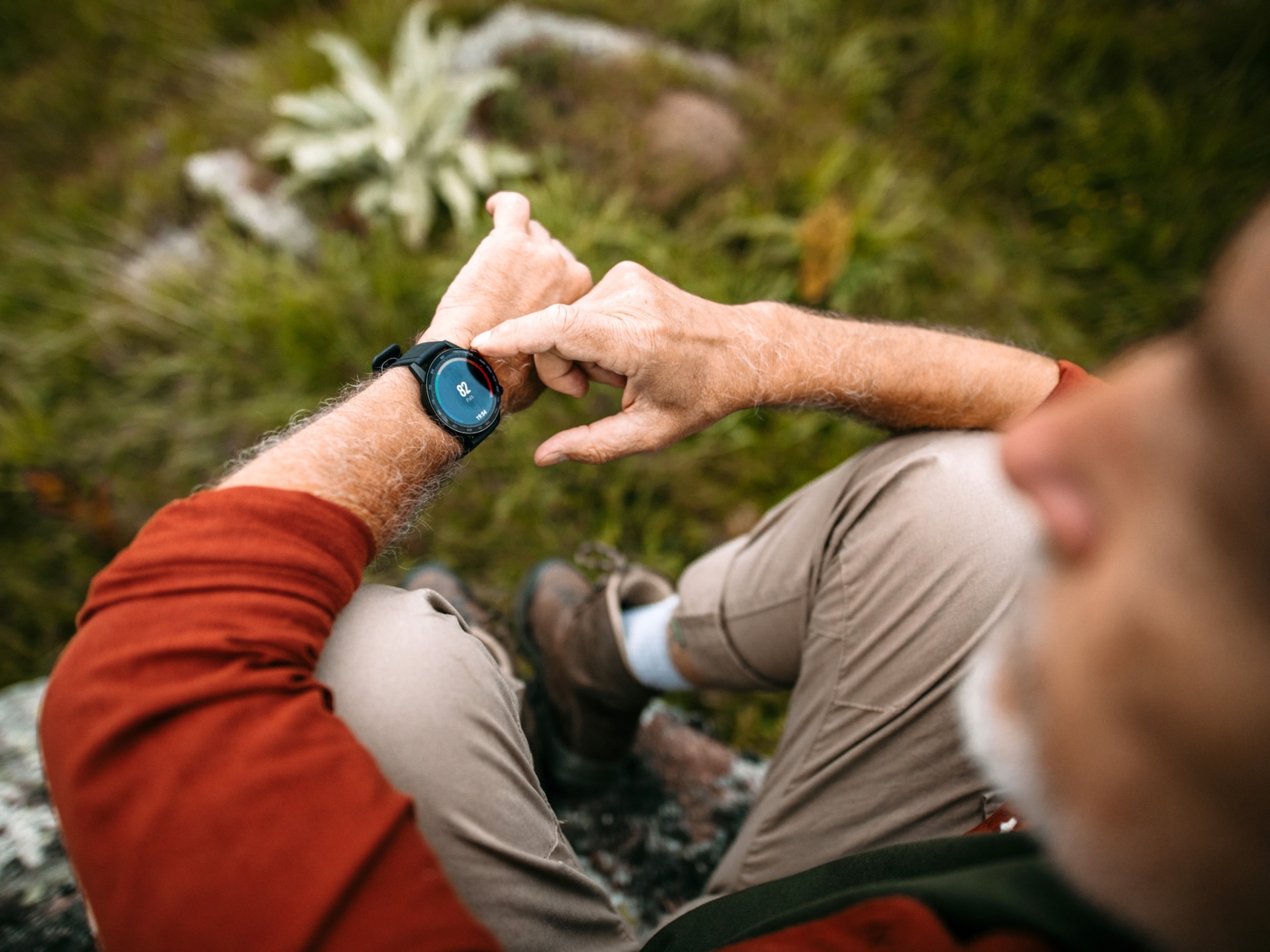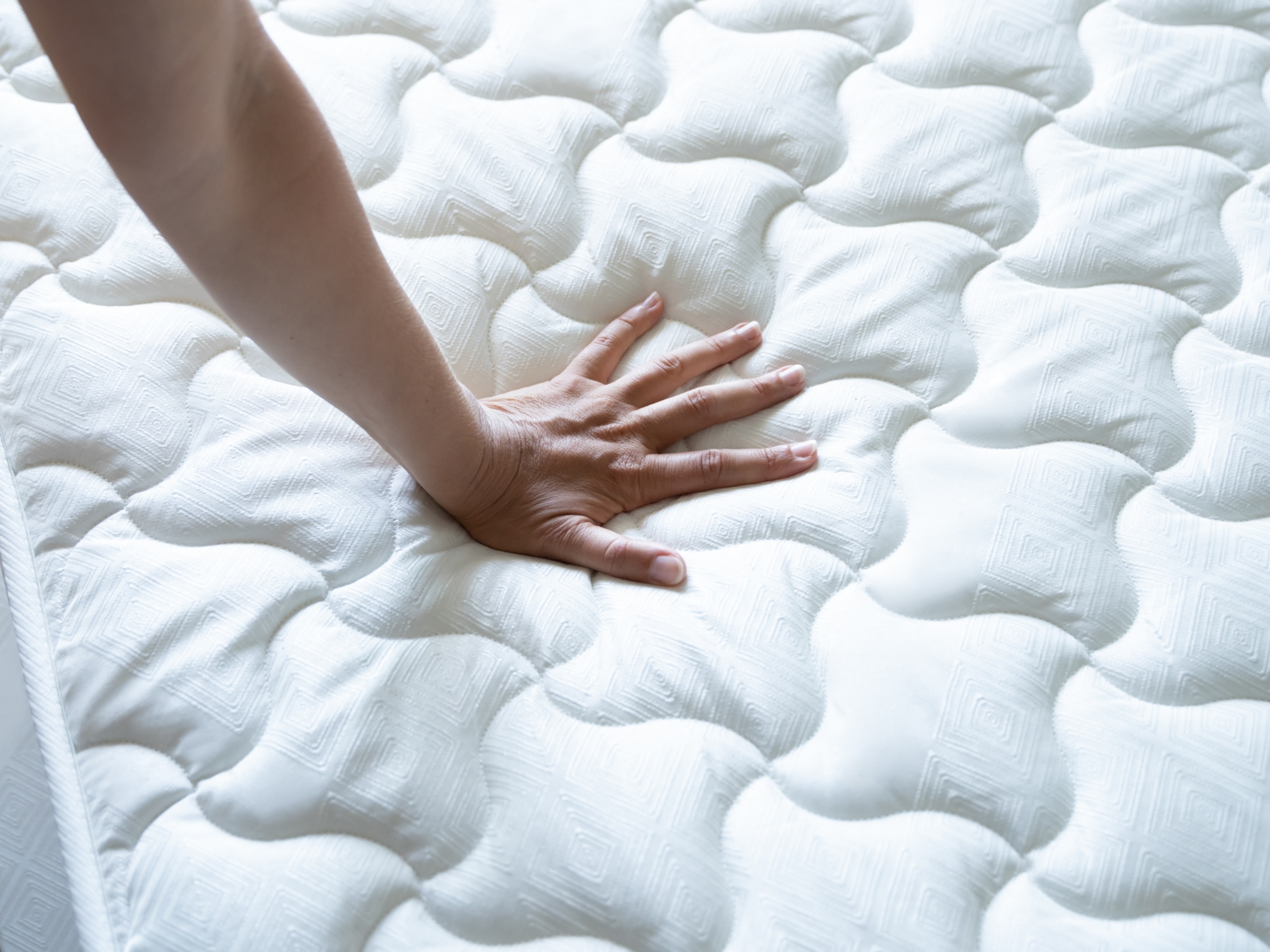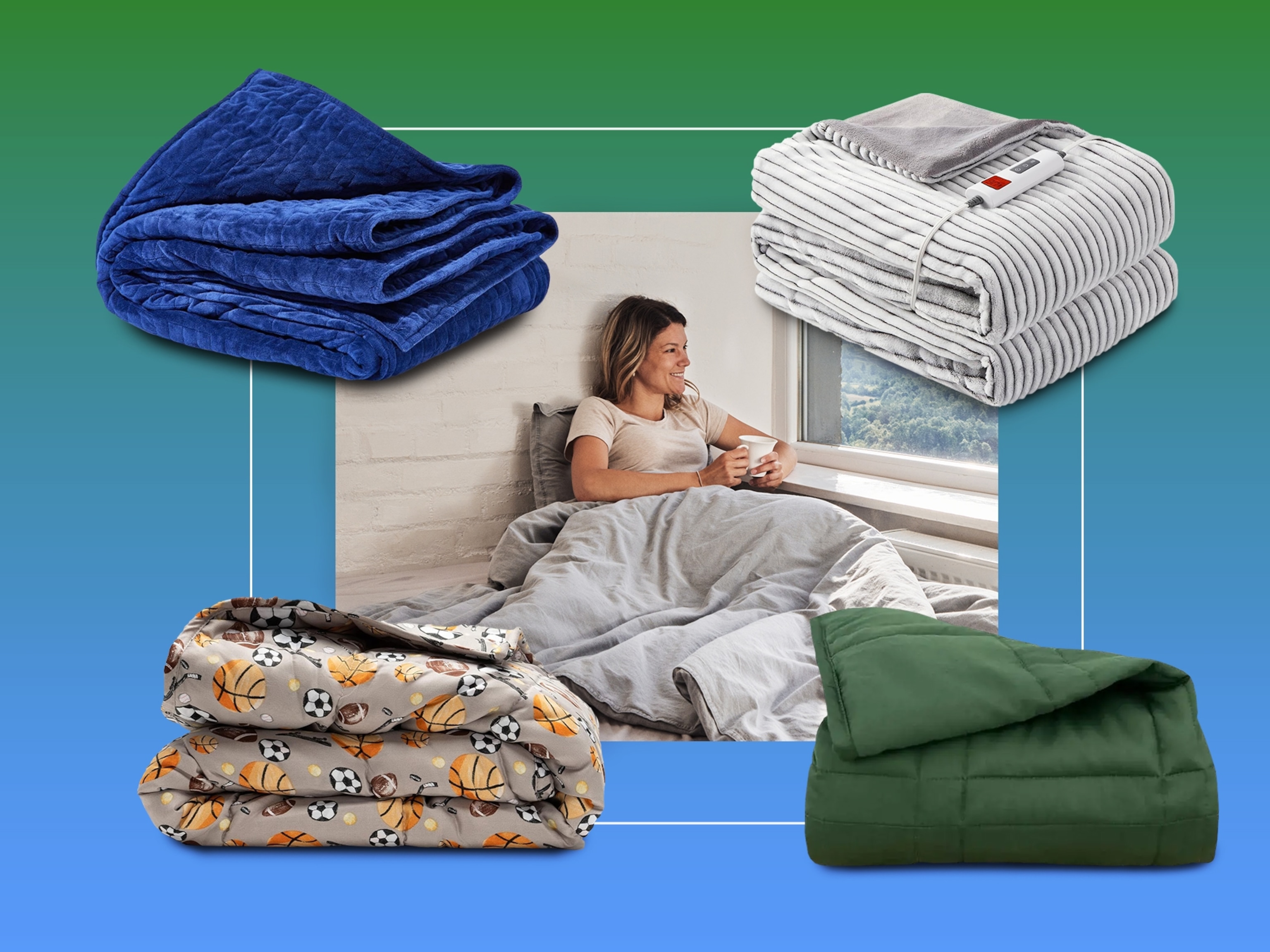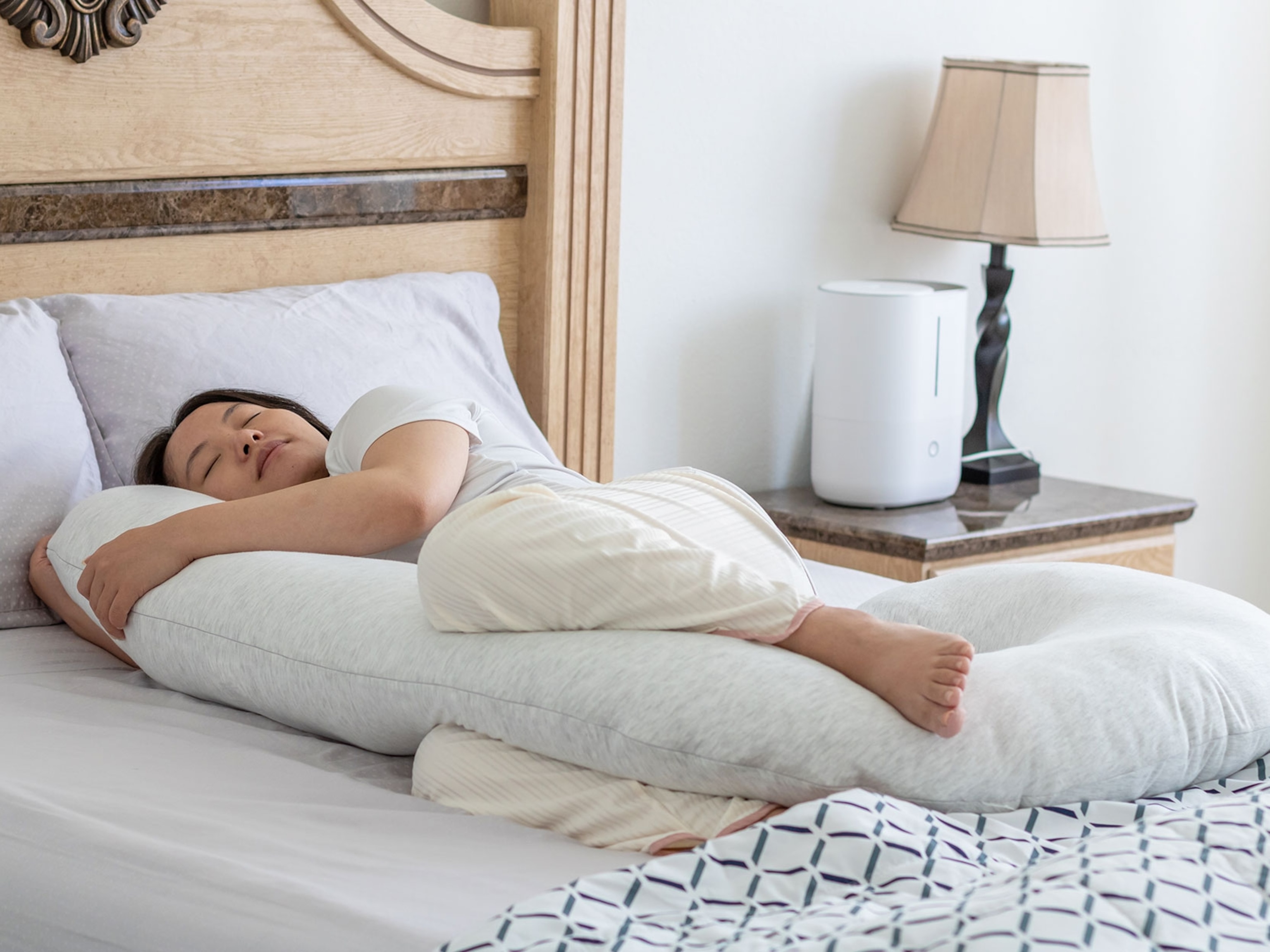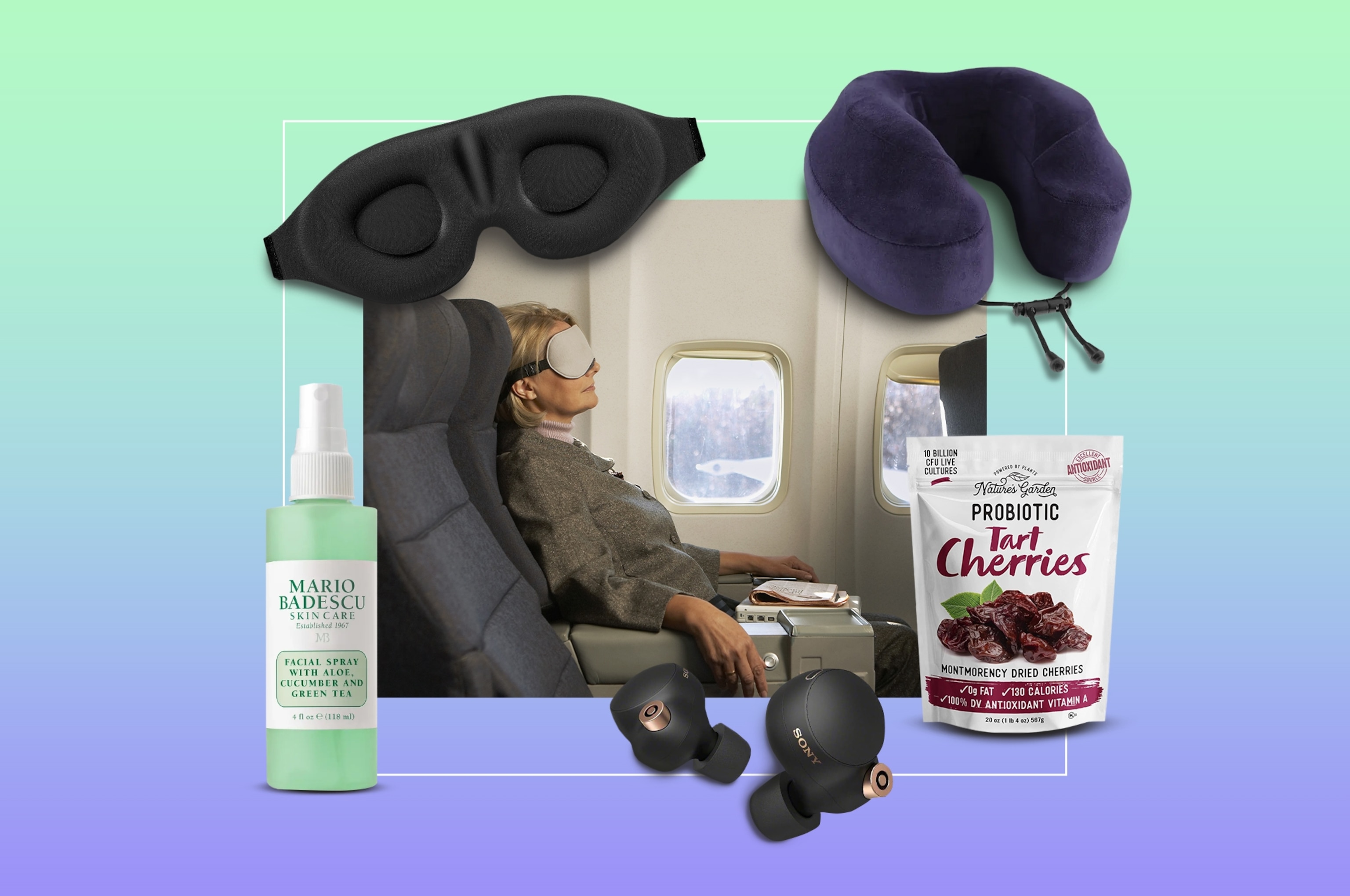
How to sleep soundly on a plane
From supportive neck pillows to compression socks, here are our favorite products—and a few tips—to help you arrive at your destination rested and ready.
Sleeping on a plane can be difficult for even the most seasoned traveler, let alone a first-time flier. Research suggests passengers have difficulty sleeping on planes and anxiety about doing so. That’s not surprising considering everything working against you, from visual distractions to airplane noise and off-kilter circadian rhythms due to crossing multiple time zones.
Fortunately, there are some things you can do to improve your chances of getting some rest while flying. With a little practice and the right tools, you can master sleeping on a plane. Here are a few must-have products to help you on your way.
(These science-backed tips will help you snooze while flying)
Stay cool
Some research suggests cooler rooms are better for sleeping—the opposite of some flights. To combat higher temperatures on planes, start with a light base layer. This Losano relaxed cardigan and nap pant set is lightweight and loose enough to keep you comfortable without looking like pajamas. For a more put-together look that’s also versatile for a day of exploring, try ribbed comfy pants, stretchy Heynuts leggings, or a ready-to-go two-piece outfit you don’t have to think too much about.
Get cozy
Seats that barely recline are far from comfortable when you’re trying to sleep on a plane. You can add some comfort with a few key items. A good pillow with raised sides, such as the Cabeau Evolution Classic Pillow, can support your head and help prevent neck cramps. The EverSnug Travel Blanket is fluffier than any the airline can provide. The MerSea Travel Wrap doubles as a shawl you can throw on during your trip, freeing up valuable space in your suitcase too.
Block out distractions
The best sleep masks can help improve the quality of sleep on a plane by blocking out light and distractions, such as other passengers pacing the aisles and your seat mate’s engrossing action flick. Try the MZOO sleep mask, which has indents for a comfortable fit around your eyes, or the Alaska Bear sleep mask, which is made of silk.
Improve circulation
Compression socks can improve circulation and prevent blood clots for some air passengers—important considerations for sleeping on planes. The Bombas Compression Sock comes in an impressive array of colors and designs, plus they’re durable enough for hiking or a long day of sightseeing.
Cancel your loud neighbor or plane noise
A study published in Environmental Health Perspectives suggests that even low decibel airplane noise can prevent adults from getting the seven hours of sleep recommended by the Centers for Disease Control & Prevention. One way to combat noises on a plane is to use noise canceling headphones. Try an over-the-ear style like this Bose Noise Canceling Headphones 700 or an ear bud option, such as the Sony WF 1000XMF4.
Try an app
If your carryon is already stuffed to the gills, try a smartphone app for combatting noise on a plane. BetterSleep is like a virtual white noise machine and comes with an impressive array of sounds to help you snooze. With a mix of storytellers, therapists, and music, Aura is a versatile app that can help you relax so you can fall asleep. It also offers meditation, which may help improve sleep, according to one study.
Snack smart
There’s plenty of research around foods that can aid sleep quality. A 2021 study published in the International Journal of Food Sciences and Nutrition found that foods high in magnesium (like nuts, seeds, and avocados) may help promote better sleep and potentially reduce sleep disturbances. Magnesium-rich electrolyte drinks were also credited with reducing muscle cramps in half-marathon runners, in another study.
Easy to pack snacks like dried cherries, walnuts, and potassium-rich dried bananas or dried apricots might help as well. A 2019 study found that adults who ate foods high in potassium and magnesium, plus more fruits, had better sleep quality than those who didn’t. Bananas have tons of both magnesium and potassium. Nuts are also a great source of tryptophan and melatonin, which can lead to better sleep quality, according to a 2021 study in the Annual Review of Nutrition.
Keep your feet warm
Keeping your feet warm has been associated with fewer awakenings, falling asleep faster, and longer sleep duration. This can be especially important when you’re trying to sleep on a plane. Pack a pair of thick socks like these cushy cloud socks with slides or shoes that are easy to remove onboard. You could also pack a pair of foldable slippers for extra warmth and to step into when you need to visit the lavatory.
Hydrate
It can be tough to stay hydrated on a plane, which tends to have lower than normal humidity levels. But hydration is key to maintaining and regulating body temperature—an important factor for sleep quality. Opt for a sturdy water bottle like the Yeti or a space-saving collapsible water bottle. Potassium-rich coconut water is a tastier alternative to water, with less sugar than other electrolyte drinks like Gatorade. You can find coconut water at many airports, once you’ve cleared security.
Wake up refreshed
When you wake up on a plane, you may notice that your skin feels a bit dehydrated from the cabin air. Face misters such as Mario Badescu Facial Spray or Evian Facial Spray are great for replenishing much-needed moisture. You’ll feel refreshed and ready to take on the next leg of your trip.
You don’t have to break the bank buying gear to sleep on a plane. Choosing a few key items that work for you can go a long way toward helping you get some rest while traveling.
